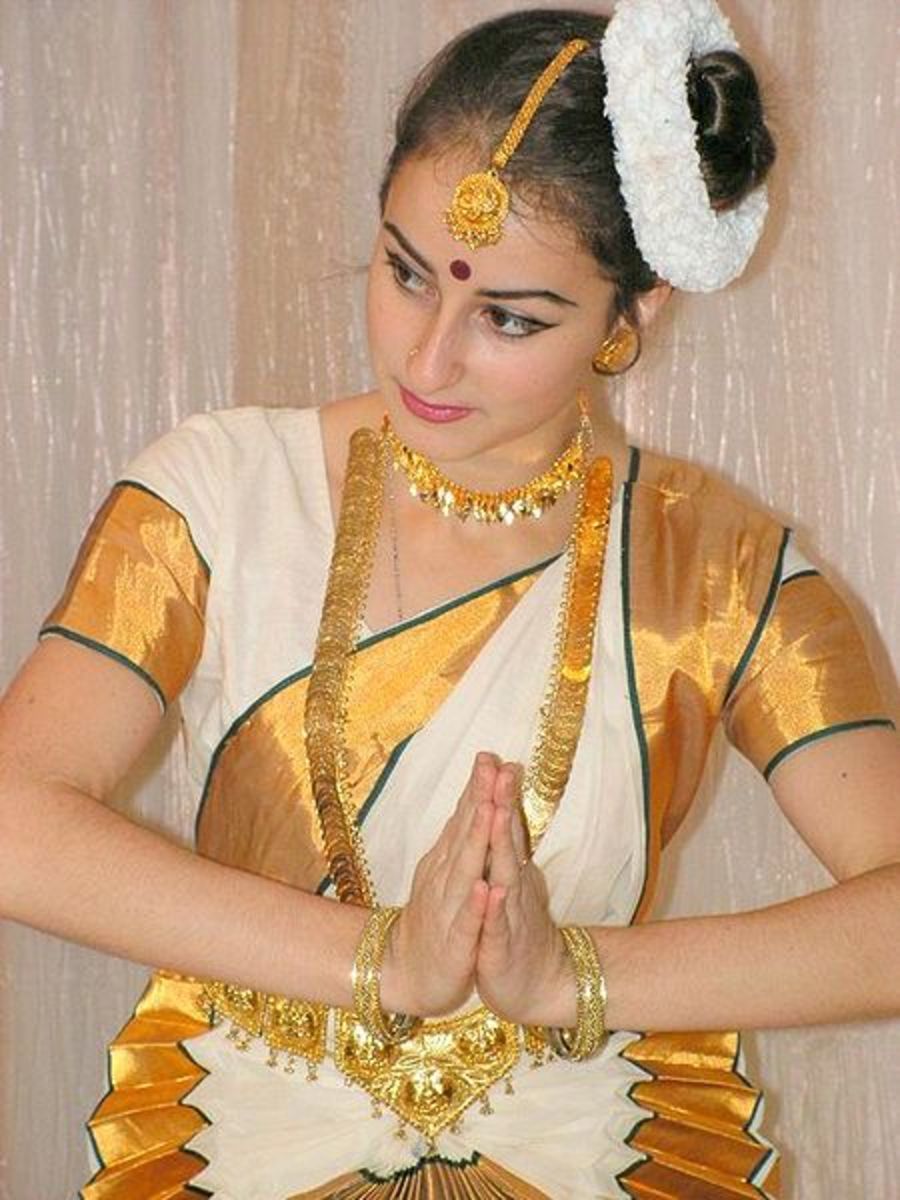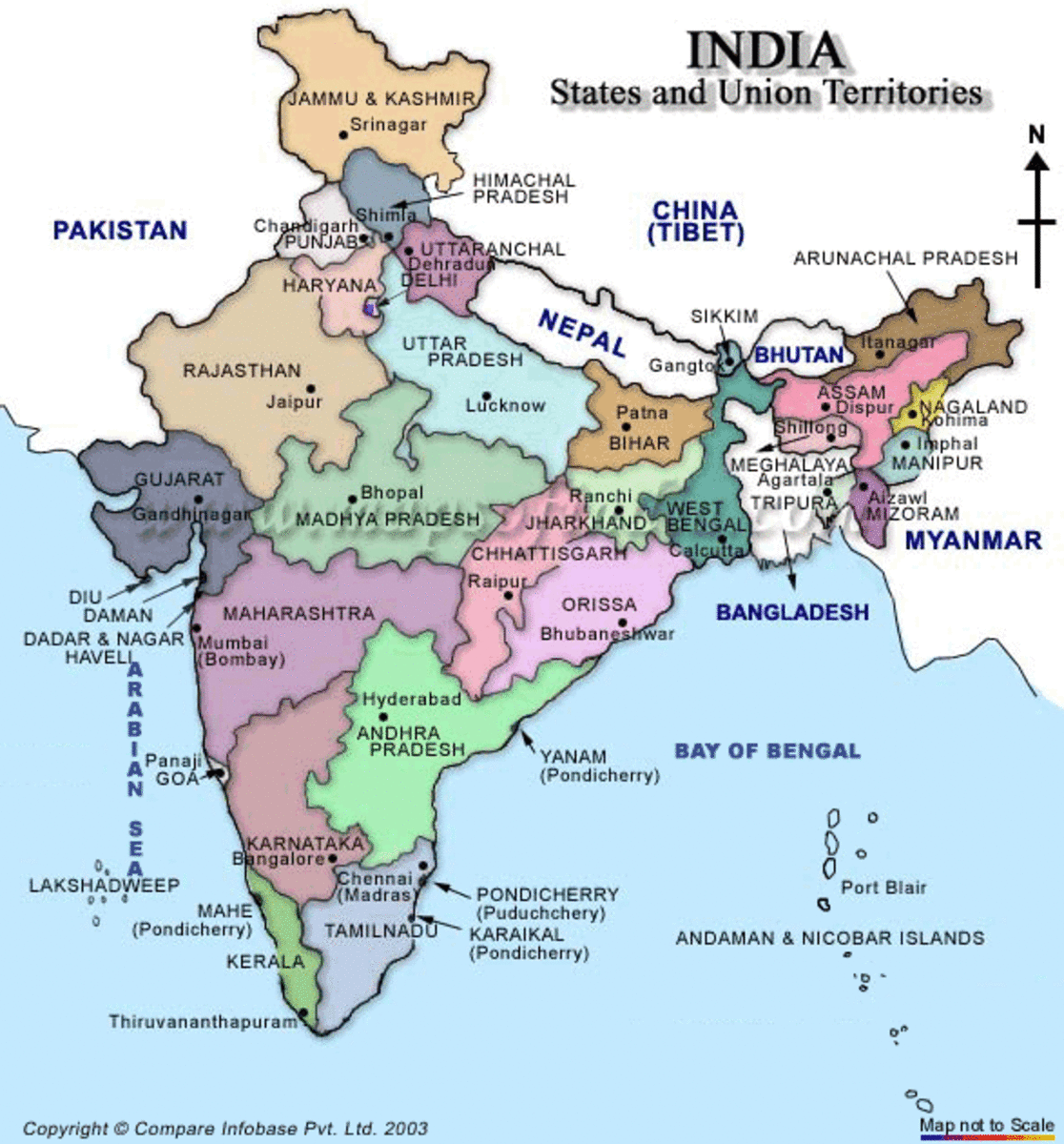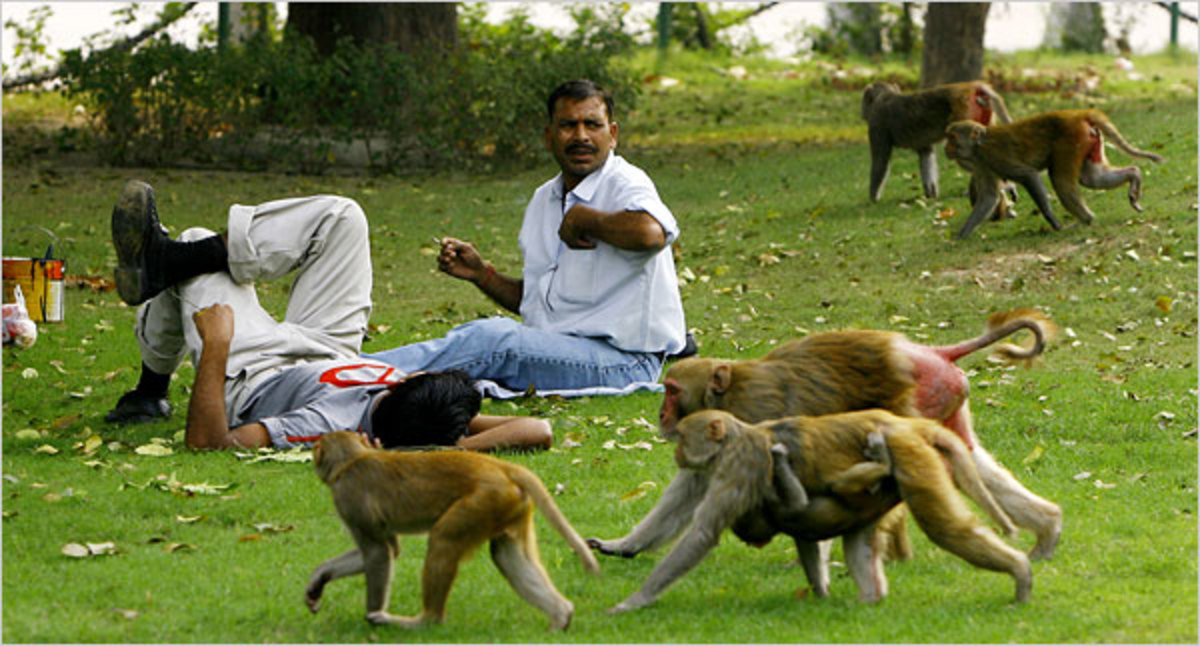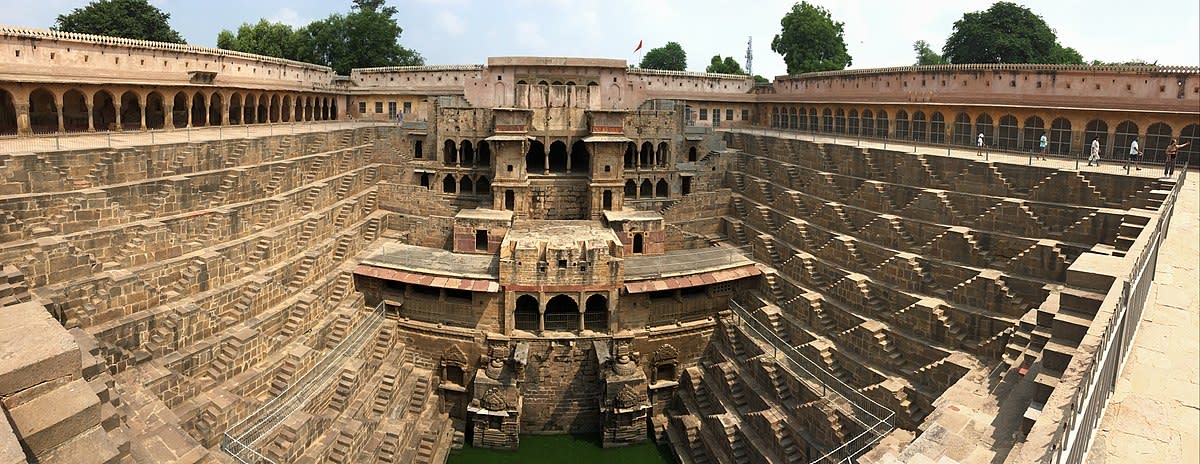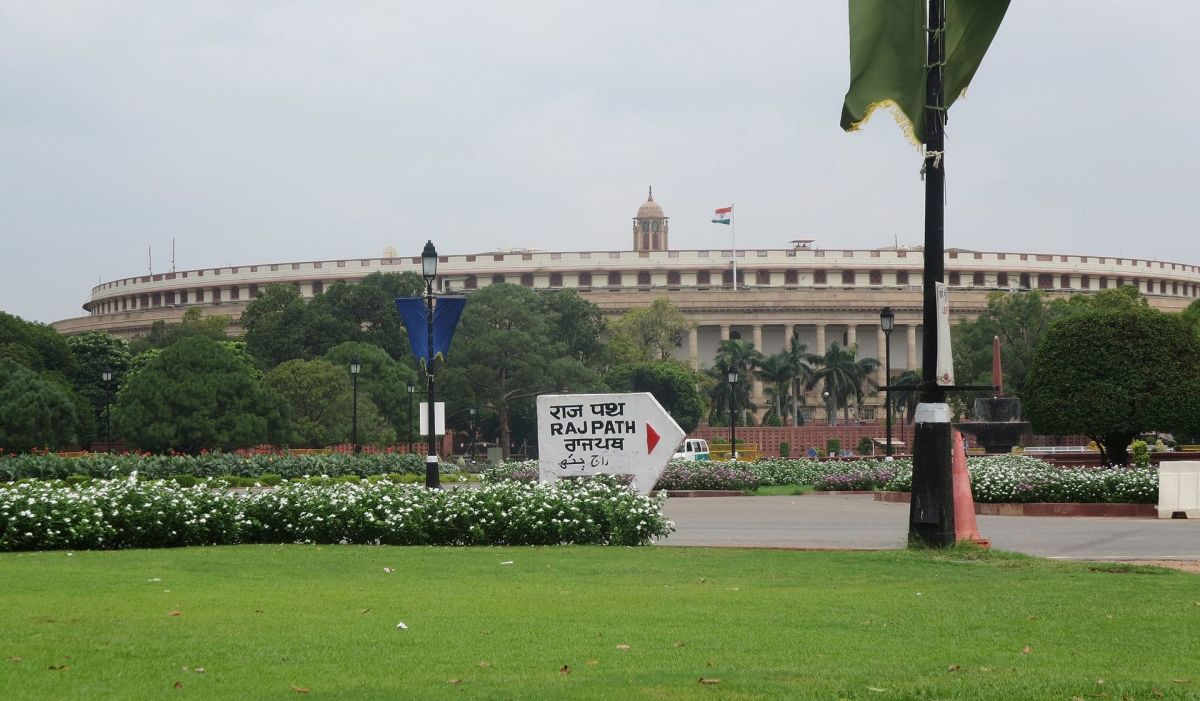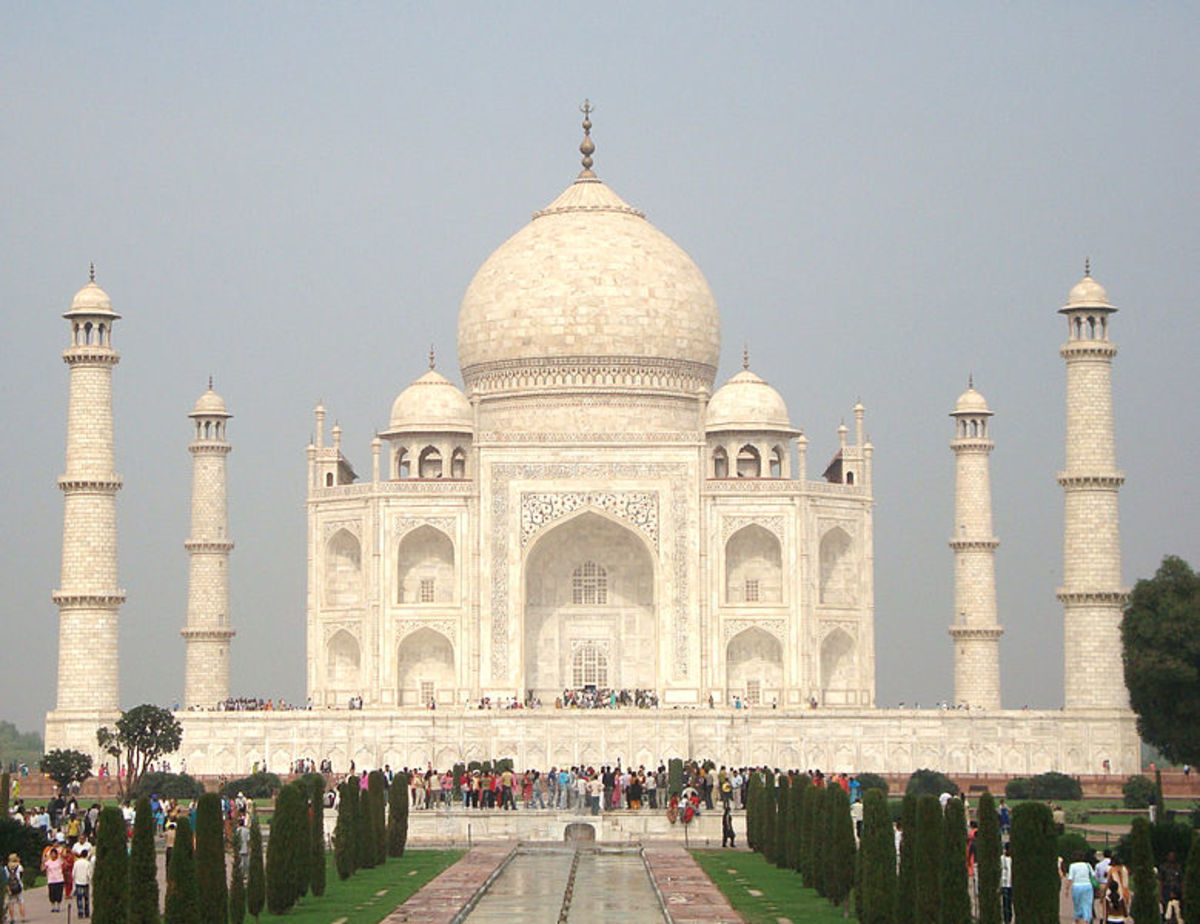- HubPages»
- Travel and Places»
- Visiting Asia»
- Southern Asia
Memories of the Allahabad Kumbh Mela: My Encounter with a Naga Sadhu
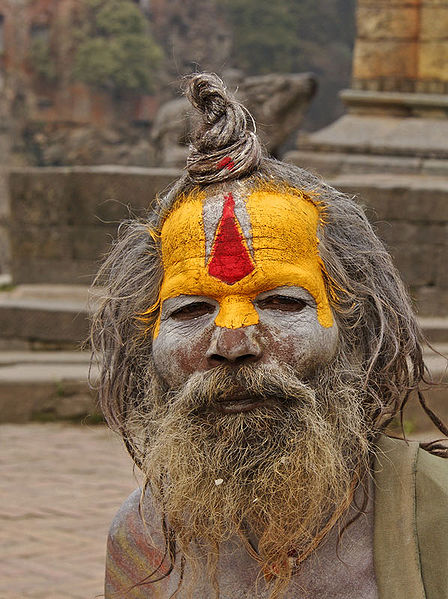
The Allahabad Kumbh Mela
Once every 12 years, a great festival known as the Maha Kumbh Mela is held on the banks of the Ganges River in Allahabad, a city in northern India. The mela, or fair, is an ancient ritual that has been going on for centuries.
Monks, mystics, sadhus, swamis, yogis and average people from around India and around the world come to bathe in the sacred waters of the Ganges during the special event.
I wrote this personal essay after attending the 1989 Allahabad Kumbh Mela. At that time, I didn't know much about the festival or the holy men there. And that's how I ended up talking to a naked monk who wanted me to eat cow dung ashes...
Learn About the Kumbh Mela
Conversations with a Naked Man
I understand that traveling often requires us to be sensitive to local customs and etiquette, particularly when it comes to religious differences. On my first trip to India, I learned to eat only with my right hand, wear long pants to avoid exposing my legs, and take my shoes off before entering temples. All of these adjustments were easy to make. But I absolutely, positively had to draw the line when it came to eating cow dung at the request of a naked man.
I ran into this cultural dilemma at the Kumb Mela, a spectacular religious festival held every 12 years on the banks of the Ganges River in Allahabad. The festival is recorded by the Guinnesss Book of World Records as the largest religious gathering in the world. Millions of people come to the mela in the belief that taking a dip at the confluence of three holy rivers during this auspicious time will purify their souls. I hadn't come because I was a believer. I just wanted to see the festival.
I had come with a nonprofit organization to plant trees in India, but was walking alone through the mela grounds one day when I heard some men yelling at me.
“Madame! Madame!”
I looked and saw two men standing at the top of a small embankment. They both wore the saffron robes of religious devotees. I could also see the head of another man under a tarp held up by poles, but he appeared to be sitting, so I couldn’t see the rest of him. In the great cultural tradition of playing charades when you don’t speak the same language, the two men were motioning for me to come up the embankment. Since it was broad daylight, there were milions of people milling around, and I didn’t feel threatened by these strangers, I went up to join them. As I was wearing my camera, I thought they might want their photos taken, a common request in India.
When I got to the top, I finally saw the third man. And that’s when I realized he was stark naked. I had just come face to face with a naga sadhu.
Naga sadhus are followers of the Hindu god Shiva. I had read about them in the local English-language newspaper, the “Northern India Patrika.” According to the paper, going naked and covering their bodies with ashes was just part of the religion. So was celibacy. Those wanting to join the group had to be celibate for nine years before being initiated into the sect. Initiation ceremonies were held at each Kumb Mela. The ceremony involved a 24-hour fast, a ceremonial dip in the river, and then, “prayers are chanted and the ceremony climaxes with the head sadhu giving three deadly strokes to the male organ to ‘kill’ the nerves,” according to the paper.
The article continued to say that no one was sure how many of these naked monks existed because they were a very secretive sect. Photographers who tried to capture them on film often ended up on the wrong end of a very angry exchange. The paper had already reported two incidents of foreigners having their cameras smashed.
But here I was, standing in front of a naked naga sadhu with a camera around my neck. This man apparently hadn’t read the newspaper accounts of how he was supposed to act around camera-toting foreigners because he seemed quite pleased that I had come up the hill to visit.
I was thankful, however, that he didn’t stand to greet me. Sitting in the lotus position, the sadhu’s feet were strategically placed to prevent my eyes from inadvertently sliding down to answer the question, “Do they really cover their entire bodies with ashes?” I could already see the ashes on the rest of his body. The light gray color contrasted sharply with his much darker skin, giving him a mottled appearance. His hair was matted and he had an unruly beard. Somehow this didn’t look to me like the picture of holy bliss.
He motioned for me to sit, and I settled on a mat placed on the ground on the other side of the fire pit that separated us. He held up a picture of an Indian religious figure and began talking. I didn't understand a word he said. To me it sounded like, “blah, blah, blah, guru, blah, blah, blah.” I nodded and smiled, the all-purpose culturally-appropriate response when you have absolutely no clue what someone else is talking about.
Eating Cow Dung Ashes
I was sitting there wondering what to do next when another man approached. He was wearing Western clothes and asked, in perfect English with that wonderful Indian singsong accent, “Would you like me to translate?”
I agreed, not knowing why this sadhu had invited me up here. The naked man began talking again, pointing at the photo, and telling me about his religious teacher. I didn’t really want to get into a deep religious discussion about his teacher, so I told the newcomer that I had plans and had to go. He dutifully translated my comment.
The sadhu, in turn, asked the man to pass along his request to bless me. That seemed like an ok idea, so I agreed. The monk reached into the cool firepit between us, grabbed some ashes, and used them to place a gray dot on my forehead. Then he motioned for me to put out my hands, palms up. I did, and he reached into the pit again, this time placing the ashes in my hand.
“What am I supposed to do with this?” I asked the translator.
“Eat it,” he replied, as if this were the most normal thing in the world.
“EAT IT?” I repeated. This was definitely pushing the cultural envelope too far. I didn’t want to be rude or offend their culture, but....
I looked from the ashes to the sadhu to the translator and back again. They were all waiting to see what I would do. My doubt and hesitation was obvious, so the sadhu suddenly plucked some more ashes from the pit and popped them in his mouth, as if to say, “Um, um good.”
“It’s very good for you,” the English-speaking man assured me. Uh-huh. My mom had given me several directives in life: Eat your vegetables, don’t talk to strangers, always wear clean underwear in case you’re in an accident, and look both ways before crossing the street (so you would never have to worry about whether you followed rule number three). Somehow she had never mentioned anything about eating ashes.
But how bad could it be? I wondered. After all, a tree is just a big plant, and I eat plants all the time. Unless, of course, he hadn’t started with a tree at all. I looked into the pit for the first time and my worst fears were confirmed. Like many people in India, the sadhu burned cow dung patties. There was no way I was going to eat that stuff. I no longer cared about being culturally sensitive. This was too weird. Way too weird. I looked pleadingly at the translator.
“Will he be offended if I don’t eat it?” I asked.
The English speaker didn’t consult the sadhu. Unlike me, he seemed to perfectly understand the rules of this bizarre encounter. “No,” he replied, much to my great relief. “You can just go like this,” and he ran his hands across his head from the forehead to the back in one motion.
Cow dung ashes in my mouth I couldn’t tolerate, but cow dung ashes in my hair.... well, if it would avoid an international incident, I was willing to do it.
“I can just put it in my hair?” I asked, just to be sure I understood him.
“Yes, it’s okay,” he said.
Hallelujah! I’m saved. I ran the ashes across my hair.
Then the sadhu used the translator’s services one more time. Wood, he said, was very expensive and, as he didn’t have the money to buy it, he was forced to use the only alternative - cow dung patties. He smiled and explained that a donation would allow him buy real wood.
Ahhhh! Here was a cultural tradition I understood - asking foreigners for money! Thinking that such a bizarre story to share with my friends back at home was worth at least a few rupees, and hoping that my generosity would save some other unsuspecting foreigner from facing the should-I-eat-cow-dung-or-offend-him dilemma, I handed over 10 rupees.
The holy man smiled broadly. “God bless you,” he said in heavily accented English.
I put my hands together in front of me and replied, “Namaste.” Then I rose to leave.
I smiled all the way back to my tent. This was going to be a great story to share back at home...
Naga Sadhus at the Hardiward Kumbh Mela
More Pages by lisa42
- When is the Next Kumbh Mela? Upcoming Kumbha Mela Festivals
When is the next Kumbh Mela festival? If you'd like to attend the world's largest gathering of people, here is a calendar with dates of the upcoming Kumbh Mela festivals. - Memories of the Allahabad Kumbh Mela: The Swami
A personal essay about meeting a swami during the Allahabad Kumbh Mela, the world's largest religious pilgrimage that takes place every 12 years in northern India.


